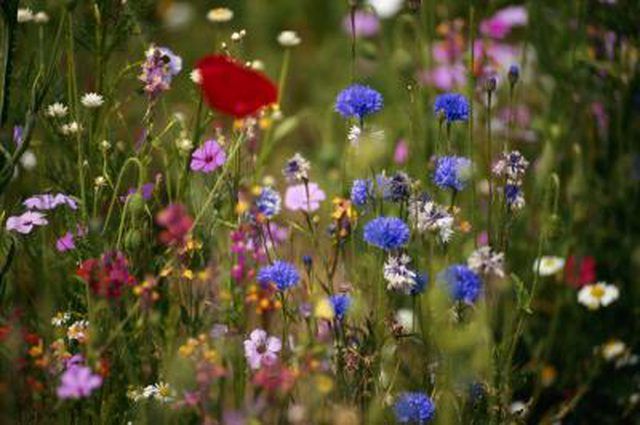Bulbs
Flower Basics
Flower Beds & Specialty Gardens
Flower Garden
Garden Furniture
Garden Gnomes
Garden Seeds
Garden Sheds
Garden Statues
Garden Tools & Supplies
Gardening Basics
Green & Organic
Groundcovers & Vines
Growing Annuals
Growing Basil
Growing Beans
Growing Berries
Growing Blueberries
Growing Cactus
Growing Corn
Growing Cotton
Growing Edibles
Growing Flowers
Growing Garlic
Growing Grapes
Growing Grass
Growing Herbs
Growing Jasmine
Growing Mint
Growing Mushrooms
Orchids
Growing Peanuts
Growing Perennials
Growing Plants
Growing Rosemary
Growing Roses
Growing Strawberries
Growing Sunflowers
Growing Thyme
Growing Tomatoes
Growing Tulips
Growing Vegetables
Herb Basics
Herb Garden
Indoor Growing
Landscaping Basics
Landscaping Patios
Landscaping Plants
Landscaping Shrubs
Landscaping Trees
Landscaping Walks & Pathways
Lawn Basics
Lawn Maintenance
Lawn Mowers
Lawn Ornaments
Lawn Planting
Lawn Tools
Outdoor Growing
Overall Landscape Planning
Pests, Weeds & Problems
Plant Basics
Rock Garden
Rose Garden
Shrubs
Soil
Specialty Gardens
Trees
Vegetable Garden
Yard Maintenance
How to Keep Wildflowers Alive in a Vase
How to Keep Wildflowers Alive in a Vase. Once in a while you may give in to temptation and gather a bunch of wildflowers to bring home with you. They are not as difficult to keep alive as you may think, and, with the right care, you can have these mementos of a lovely morning outdoors, in your home, for some days to come. Harvest them early in the...

Once in a while you may give in to temptation and gather a bunch of wildflowers to bring home with you. They are not as difficult to keep alive as you may think, and, with the right care, you can have these mementos of a lovely morning outdoors, in your home, for some days to come. Harvest them early in the morning, when their stems are full of nutrients and their scent is strong. Place them in a jar of water, or damp newspaper, to keep them from drying out on the trip home.
Things You'll Need
Vase
Commercial flower preservative
X-Acto knife
Cut each stem underwater, making the new cut about 2 inches above the original one, and at a slant, with an X-Acto or other sharp knife. Sear the ends of any stems that are oozing milky sap with a quick application of flame.
Heat water to 110 degrees Fahrenheit and pour it into a clean vase. Place the flowers in the warm water, and set the vase in a cool place for several hours. The warmth stimulates the intake of fluid into the stems.
Add preservative to the water. Commercial preservative contains nutritional sugars, acids which help maintain proper pH levels, and inhibitors of mold, algae and bacteria which can block the flow of fluids through the stems.
Place the flowers in a cool area which is free of drafts and heat sources. At night, and when you are away, place the vase in the refrigerator. Maintain the original water level, and remove any leaves and other debris that may fall into the water.
Change the water and preservative mixture, and re-trim the ends of the flowers, every two days. Remove any stems that are soft, wilted or appear to be rotting.
Tips & Warnings
Keep wildflowers away from apples, which release a gas that accelerates ripening of fruit and decay of plants.
Smell the flowers before you cut them; some wildflowers have unpleasant odors.
Keep daffodils out of wildflower mixes as they are toxic to some flowers.
Do not gather wildflowers without the permission of the landowner. Many parks and public lands prohibit the practice.
Avoid harvesting a lone specimen, or rare find, as it may be an endangered species.